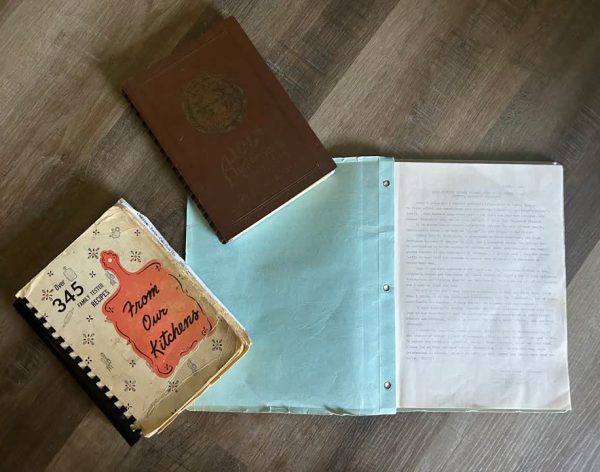A State of Decline
Non-transferable meal dollars make budgeting a must
More stories from Madeline Peterson
40 salmon filets or nine pounds of cheese tortellini?
If someone had told me that I’d have to decide between two such unnecessary food orders during finals week, I most likely wouldn’t have believed them.
But this last December, along with making flashcards and outlining essays, I was also calculating which type of bulk order would effectively use the remainder of my meal plan money.
With the exception of students living in Chancellors Hall, all on-campus students at UW-Eau Claire are required to have a meal plan.
However, when considering the merits of the Platinum, Upper Campus, Lower Campus, or Declining Balance plans, students should be aware that when it comes to meal dollars, there is often a catch.
When I was making my own meal plan decision, I opted for the Declining Balance plan. This plan allows students to use a prepaid sum of $1,080 in any campus dining location, buying as much as they would like until the balance runs out, at which point more money can be added to the account.
However, if there is money left over at the end of the term, it expires without transferring over to the next semester. This has changed from previous years, when it used to expire at the end of the academic year.
When I did the math, I found that this breaks down into roughly $9.50 per day, not taking into account Thanksgiving and Spring breaks, eating out, and going home.
At first, the Declining Balance meal plan appealed to me on many levels. I liked the prospect of buying whatever I wanted in quantities of my own choosing without the constraints of block meals. It also had the bonus of being one of the cheapest dining options.
Although I was slightly worried about not having enough money, I am an Eau Claire native and therefore felt confident that I’d be able to go home and raid the pantry if needed.
Around Thanksgiving however, it became clear that not only would the money last me until the end of the semester, but I would also have money left over. I scrambled to use up the money, placing a bulk order so that the remaining amount would not go to waste.
The UW-Eau Claire website does specify that this particular plan is not recommended for first-year students, but even with plans such as the Platinum, meal dollars are non-transferable.
In comparison, other UW schools such as UW-Madison allow students to select a tier based upon how much money they’d like to spend.
This is also non-transferable, but goes by academic year rather than semester, allowing students more time to budget and also more control over the amount of money they’d like to utilize for food.
Meal plans should not be a “one size fits all” scenario. Especially in simple meal plans such as the Declining Balance plan, where what you pay for is what you get, students should be able to have more say in how much money they think they’d need.
For me, my first semester dining experience was an important lesson in budgeting that I will use to spend more effectively in the spring.
That being said, it would’ve been nice if the money I used on my bulk order could’ve gone towards something like tuition or my spring meal plan instead of three cases of sparkling water and nine pounds of tortellini.











